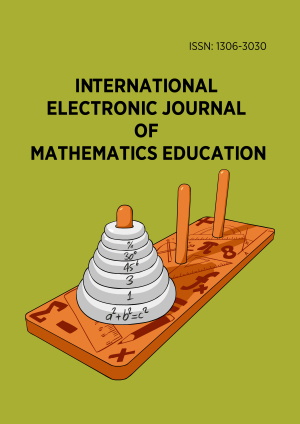Abstract
This article discusses the history of study of shock-wave structures arising at a clash of the shock wave on a wedge. We introduce the concept of regular and Mach reflection. We consider von Neumann three-wave model containing a branching shock wave, main and reflected discontinuities, a tangential discontinuity (sliding surface) behind the shock waves line of intersection. Experiments on studying Mach reflection at low Mach numbers and small angle of the wedge are described. The main works devoted to J. Neumann paradox when at low Mach number Mach reflection, in accordance with the theory, cannot exist, but, nevertheless, is observed in the experiments. The work is useful for engineers and scientists to compile a basic overview of the problem of Mach reflection.
License
This is an open access article distributed under the Creative Commons Attribution License which permits unrestricted use, distribution, and reproduction in any medium, provided the original work is properly cited.
Article Type: Research Article
INT ELECT J MATH ED, Volume 11, Issue 5, 2016, 1151-1162
Publication date: 02 Aug 2016
Article Views: 4852
Article Downloads: 5604
Open Access References How to cite this article
 Full Text (PDF)
Full Text (PDF)